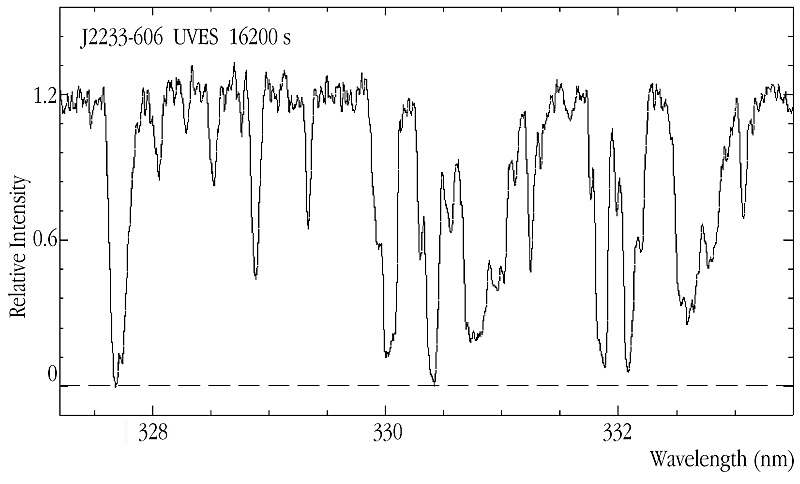Primordial Black Holes: Potential Seeds for Quasar Formation

In a groundbreaking study, researchers Jeremy Mould and Adam Batten from Swinburne University have postulated that primordial black holes (PBHs) may have played a crucial role as seeds for the formation of quasars and radio galaxies in the early universe. This theory, detailed in a draft paper available on the arXiv preprint server, opens new avenues for understanding both dark matter and the evolution of cosmic structures.
Primordial black holes, theorized to have formed shortly after the Big Bang, differ significantly from the black holes created by stellar collapse. Instead, they are thought to have emerged from tiny fluctuations in the energy density of the universe during its infancy. These fluctuations are observable today as minute variations in the cosmic microwave background (CMB) radiation, although direct evidence linking them to the formation of PBHs remains elusive.
If PBHs did indeed exist at such an early stage, their gravitational influence could have acted as a catalyst for gathering surrounding gas and dust, facilitating the growth of supermassive black holes. These supermassive black holes are the core of quasars, which are among the most luminous objects in the universe. The quasar luminosity function (QLF), which delineates the brightness variations over time, offers mathematical backing for the hypothesis that PBHs could evolve into quasars. According to Dr. Sarah Johnson, Professor of Astrophysics at the Massachusetts Institute of Technology, "The alignment of the QLF with the PBH model suggests a deeper relationship between these primordial structures and quasar evolution."
Moreover, the study indicates a potential link between quasars and radio galaxies, which emit powerful bursts in the radio spectrum. Mould and Batten argue that if PBHs serve as the initial seeds for quasars, they could eventually transition into radio galaxies after consuming the nearby matter. Notably, their paper highlights the similarity in luminosity functions of quasars and radio galaxies, albeit scaled down, with radio galaxies expected to have a lifetime approximately ten times longer than that of quasars.
The implications of this research extend beyond theoretical frameworks. The authors suggest that quasars, originating from PBHs, could eventually be utilized as standard candles for measuring cosmological distances, a role currently held by Type Ia supernovae. The James Webb Space Telescope (JWST) is anticipated to provide further observational data that could substantiate or challenge these predictions. Dr. Robert Lee, Director of the Space Telescope Science Institute, expressed optimism: "The JWST's capability to observe distant quasars could validate the theory, providing us with new insights into the formation of galaxies in the early universe."
While the hypotheses presented in this study align with existing observational data, they also pose challenges for future research. The proposed framework must be rigorously tested against new findings, particularly those anticipated from the JWST. The authors emphasize that falsifiable predictions are necessary for the scientific process, asserting that their theory can be tested through future astronomical observations.
In summary, the notion that primordial black holes could act as seeds for quasars presents a compelling narrative in cosmic evolution, potentially enriching our understanding of dark matter and the formation of the universe's most luminous entities. As researchers await new data from JWST, the scientific community remains poised at the frontier of astronomical discovery, ready to explore the implications of this intriguing theory.
For further details, refer to the paper by Jeremy Mould et al., "If quasars form from primordial black holes," available on arXiv (2025). DOI: 10.48550/arxiv.2507.11023.
Advertisement
Tags
Advertisement





